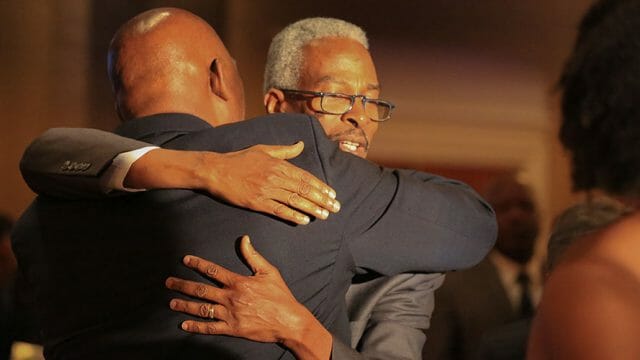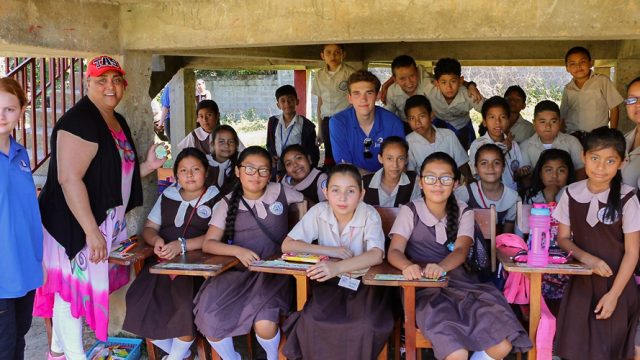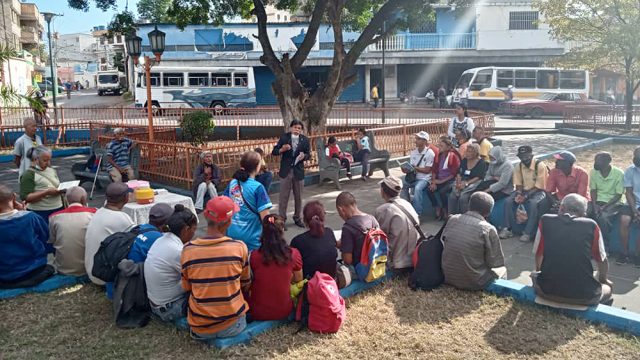What is the relationship between faith, hope, and love in 1 Corinthians 13:13? Paul wrote, “And now these three remain: faith, hope and […]

What is the relationship between faith, hope, and love in 1 Corinthians 13:13?
Paul wrote, “And now these three remain: faith, hope and love. But the greatest of these is love” (1 Cor. 13:13, NIV). This triad of Christian virtues is mentioned often in the New Testament demonstrating its importance for the Christian life (e.g., 1 Thess. 1:3; 5:8; Gal. 5:5, 6; Heb. 6:10-12; 1 Peter 1:21, 22). In the middle of the triad found in our passage is hope, as if holding the other two together, or at least forming a bridge between faith and love. Hope orients Christians toward the future, faith provides content to hope, and love energizes both to service. I will comment on the relationship between each, and the possible function of the triad itself.
- Faith and Hope
Hope directs faith to the future and challenges it to persevere in the midst of great adversities by reminding faith that there is more to come than what we now see and experience. The present is not the final expression of cosmic reality. Something new and wonderful is coming; as such, hope imbues faith with expectation. Hence hope is always willing to wait, trust, and endure, providing to faith stability; hope is like an anchor (Heb. 6:19, 20). Since hope consists in trusting fully in God’s promises, acknowledging His trustworthiness, faith as trust and dependence on God is inseparable from hope. Faith informs hope that Jesus is not only the one who will come, but also the one who has already come, bringing reconciliation to us, and in the process providing hope a solid and reliable foundation for the time of waiting. Faith and hope together remind believers that they are pilgrims heading to the heavenly city (Heb. 11).
- Hope and Love
Hope is dynamic, and as such does not allow love to become pure sentimentality, so obsessed with its immediate object—the present needs of human beings—as to forget the consummation of salvation. But love challenges hope to act in the present. It takes the future last-day existence characterized by freedom from selfishness and suffering and makes its presence felt in the here and now in selfless care for others (cf., Heb. 6:10, 11). In other words, love makes hope relevant in the now of human existence. The model for this type of life is Jesus Himself (Matt. 4:23). Elements of the last-day expectation (e.g., freedom from sickness and evil powers) were made present in Jesus’ ministry to illustrate the quality of life in the future kingdom of God.
- Faith, Hope, Love
These three theological virtues are not natural to humans. They are the result of God’s presence in our lives through the power of the Spirit. The greatest of these three virtues is love, because faith and hope without love could become, during the time of waiting, oppressive forces in the hands of corrupt human beings. In this triad love assures us that faith and hope find their source in God, who is love by nature. We could even suggest that faith, hope, and love together constitute the basic profile of believers. In other words, those who are united to God through Christ have at the center of their religious experience faith in the work of Christ on their behalf, hope that announces the soon consummation of such a great salvation, and love that breaks their enslavement to selfishness and motivates them to the service of God and others.
Angel Manuel Rodríguez is retired after a career serving as a pastor, professor, and theologian.








